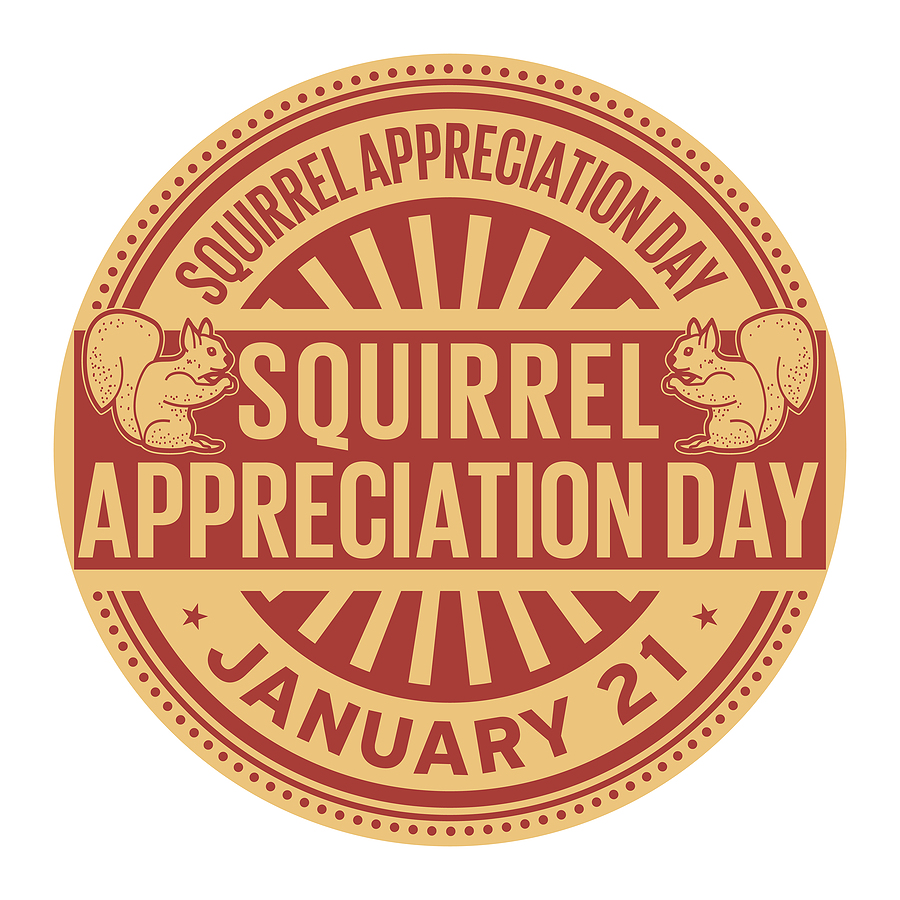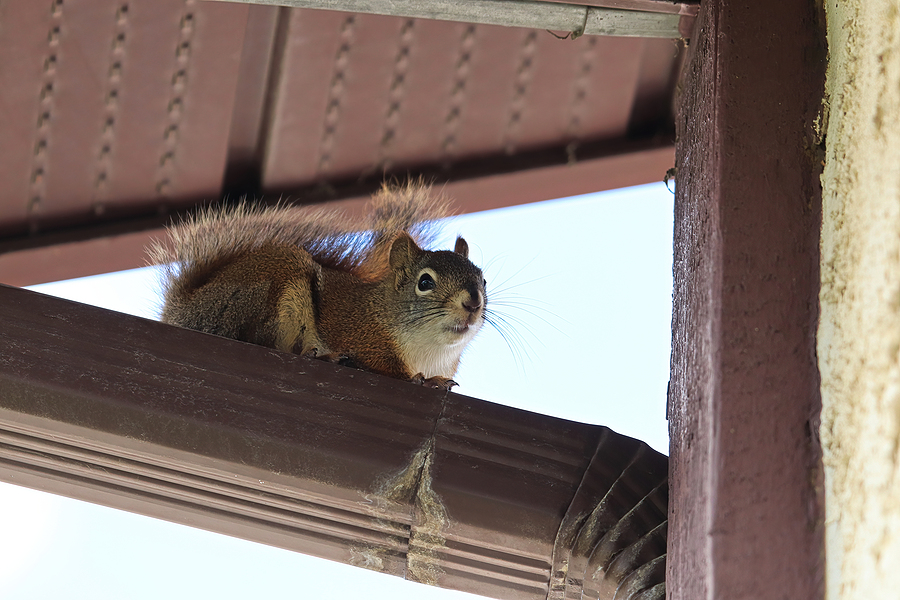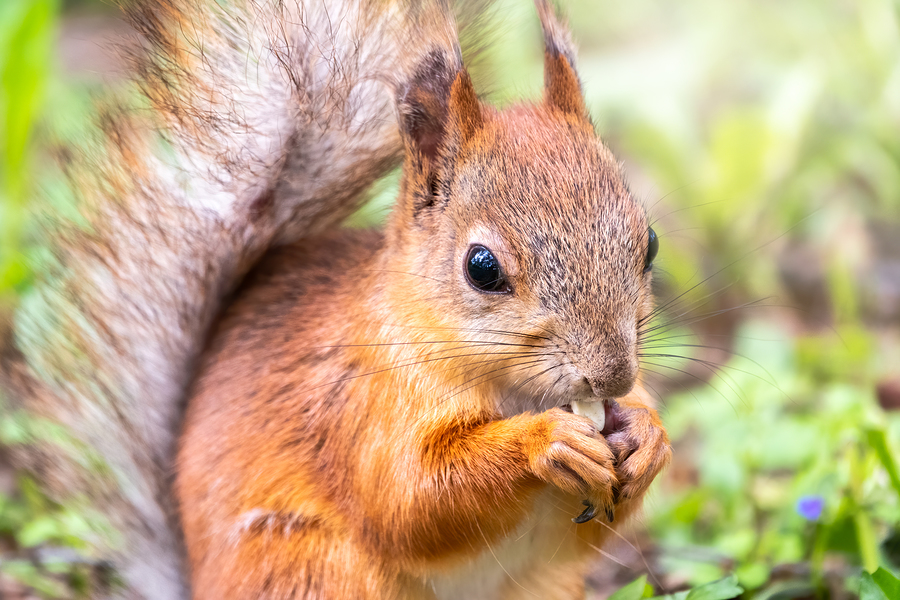A scratching sound in the ceiling. A mysterious rustling above your bedroom at night. While these might seem like scenes from a horror movie, they often point to a much smaller, furrier cause: squirrels.
Squirrels are remarkably adept at turning your attic into their cozy nesting ground. But their uninvited stay can come with significant risks for your home and health. This guide will help you recognize the signs of squirrel activity, understand the dangers, learn prevention tips, and decide when it’s time to call a professional. By the end, you’ll know exactly how to handle these clever critters and reclaim your attic space.

Common Signs of Squirrels in the Attic
Before taking action, it helps to confirm whether squirrels are indeed your attic dwellers. Look out for these tell-tale signs:
- Scratching and Rustling Noises: Squirrels are active during the day, so you’re most likely to hear them early in the morning or late in the afternoon.
- Droppings and Odors: Squirrel droppings and urine can create unpleasant smells and pose health risks.
- Chewed Wires or Wood: Squirrels have sharp teeth and a habit of gnawing on wires, wood, and insulation.
- Shredded Nesting Materials: Look for nests made from shredded paper, fabric, or insulation.
- Entry Points in the Structure: Squirrels can enlarge small holes or cracks to create their entryways.
If these signs sound familiar, it’s time to investigate further.
What These Signs Mean (And Why You Should Act Quickly)
1. Scratching and Rustling Noises
Squirrels are climbers and agile movers, often scurrying across your attic floor or within the walls. The noises may indicate they’re creating a nest, storing food, or simply exploring their new territory.
2. Chewed Wires and Fire Hazards
One of the most concerning issues with squirrels is their tendency to gnaw on electrical wiring. This behavior can lead to short circuits, power outages, and in the worst cases, dangerous fire hazards.
3. Damaged Insulation and Higher Energy Bills
Squirrels love burrowing into attic insulation. Over time, this damages the insulation’s effectiveness, leading to higher energy costs as you struggle to maintain a consistent indoor temperature.
4. Droppings and Health Risks
Squirrel droppings and urine can harbor diseases like leptospirosis and salmonella, posing serious health risks to your family. Additionally, the smell can quickly become overwhelming if left untreated.
5. Nesting Materials and Structural Damage
Squirrels often shred important materials, such as documents or fabrics, to create their nests. Their gnawing and nesting activities can also weaken wooden beams or roofing structures, leading to costly repairs.
Ignoring these signs can worsen the impact over time, so it’s crucial to act as soon as possible.
Learn More About Squirrel Removal & Control
The Risks of Squirrel Infestations
Beyond the immediate damages, having squirrels in your attic can lead to the following hazards:
- Compromised Safety: Damaged wiring increases the risk of electrical fires.
- Health Concerns: Droppings can contaminate surfaces or the air in your home.
- Structural Damage: Persistent gnawing weakens the integrity of beams and roofing.
- Future Pest Problems: Squirrels can attract additional pests, like fleas or ticks.
How to Prevent Squirrels from Getting Into Your Attic
Prevention is your first line of defense when it comes to squirrel infestations. Here are some practical tips to keep them out:
- Seal Entry Points: Inspect your home for cracks, holes, or vents, and seal these openings with caulk or metal flashing.
- Install Chimney Caps and Screens: Prevent access through your chimney with a properly fitted cap.
- Trim Tree Branches: Squirrels often use overhanging branches as a highway to your roof.
- Use Squirrel-Resistant Bird Feeders: Keep squirrels away by choosing feeders designed to keep them out and avoid scattering birdseed near the house.
- Apply Squirrel Repellent: Use repellent products around vulnerable areas, such as attic vents and eaves.
- Regularly Clean Gutters: Clogged gutters can provide nesting material or shelter for squirrels.
- Store Food Securely: Keep garbage, compost, and pet food in sealed containers to eliminate attractants.
- Install Motion-Activated Deterrents: Lights or sprinklers can scare off squirrels before they gain entry.
- Use Ultrasonic Devices: High-frequency sound emitters can serve as additional deterrents.
Staying proactive with these prevention strategies can save you from the larger headache of an infestation.
When to Call a Professional for Squirrel Removal
Sometimes, DIY methods just aren’t enough. If the problem persists or feels overwhelming, professional wildlife control services can help. Here’s when to consider reaching out:
- Large Infestations: When multiple squirrels take residence, professional removal ensures they’re handled effectively.
- Health and Safety Concerns: Professionals are equipped to clean and disinfect the attic to eliminate health risks.
- Severe Structural Damage: Experts can assess and address structural issues caused by squirrels.
- Humane Removal Needs: Many professionals follow local regulations to safely and ethically handle wildlife removal.
Securing Your Home for the Long Term
Protecting your attic from squirrels (and other wildlife) doesn’t end with removal. Follow up with regular home inspections and maintenance to keep your home secure. Additionally, maintaining clean outdoor spaces and trimming trees near your roofline can further discourage unwanted visitors.
Are you convinced that you have a squirrel problem on your hands? At Budget Animal Removal, our experienced team specializes in safe and humane squirrel removal, ensuring your attic is squirrel-free while minimizing harm to the animals.
Related Post: Squirrels in Your Attic: A Guide to Safe and Humane Animal Removal




